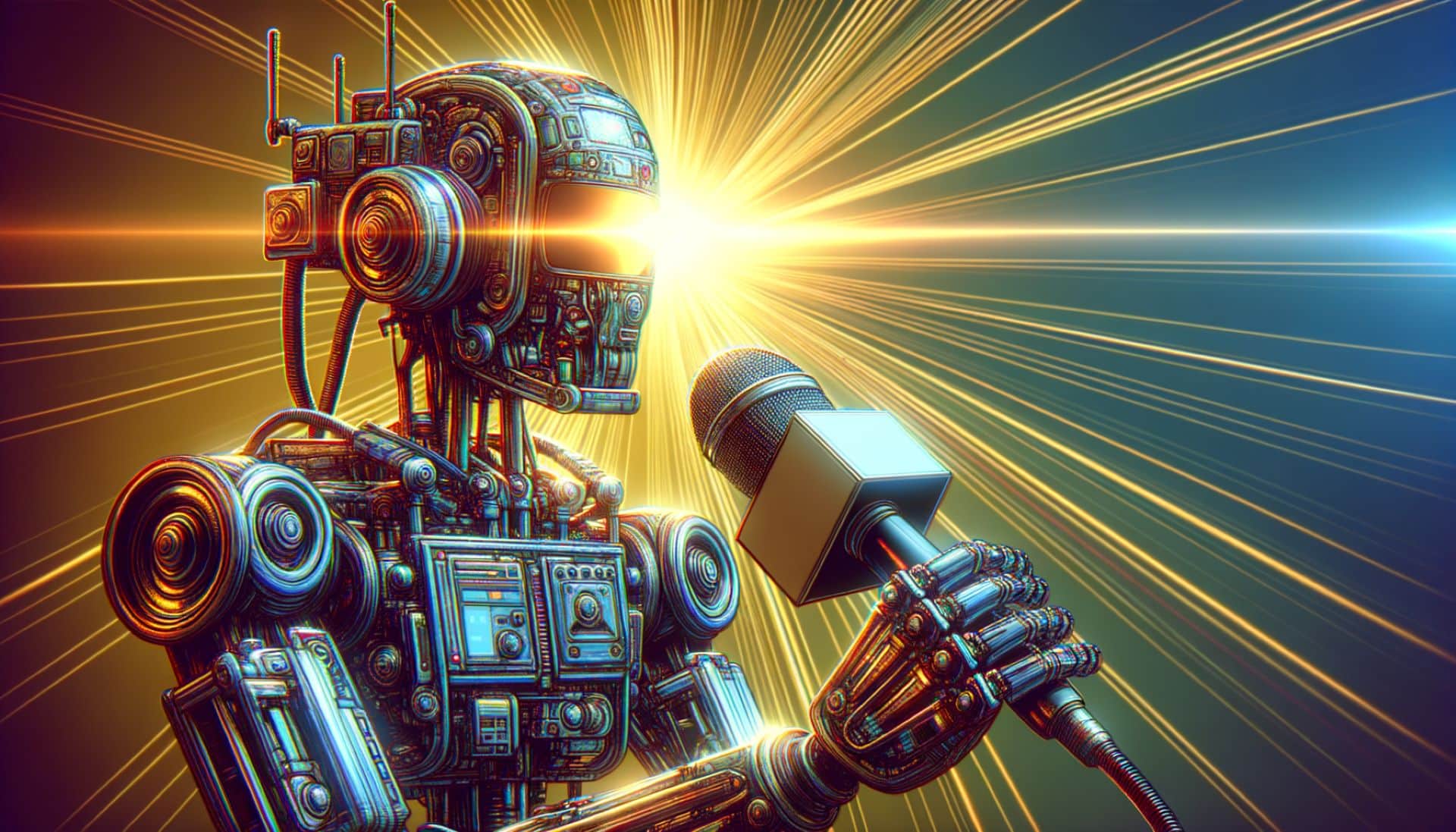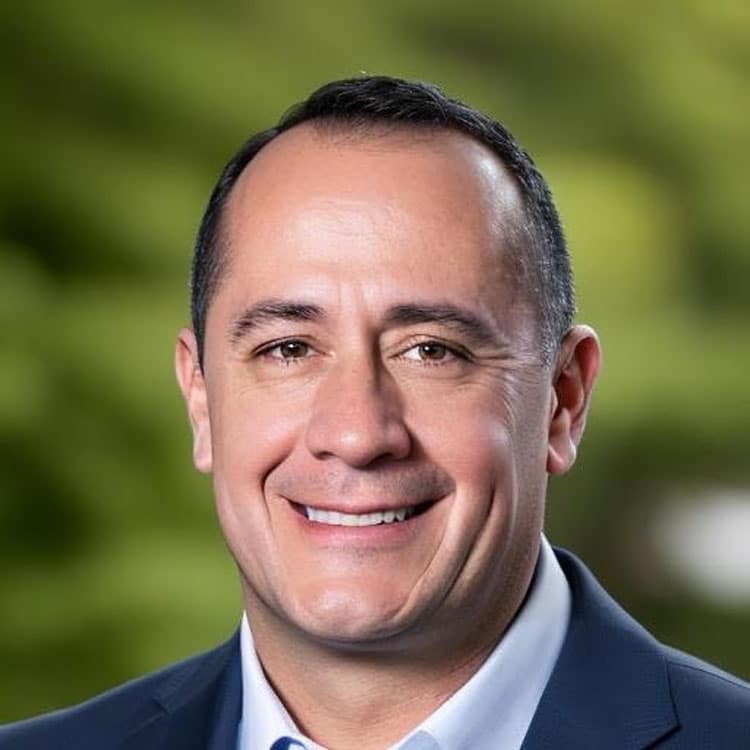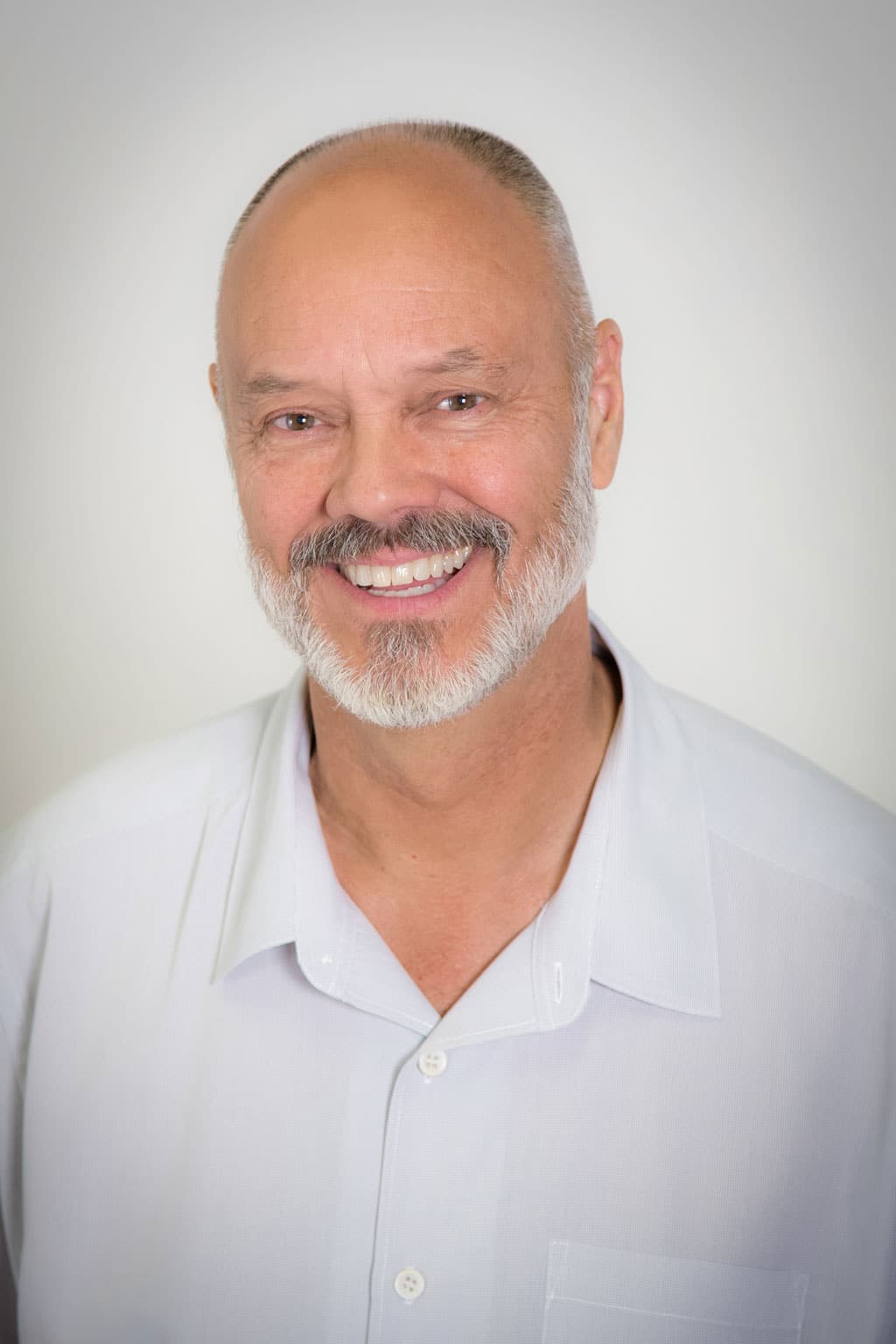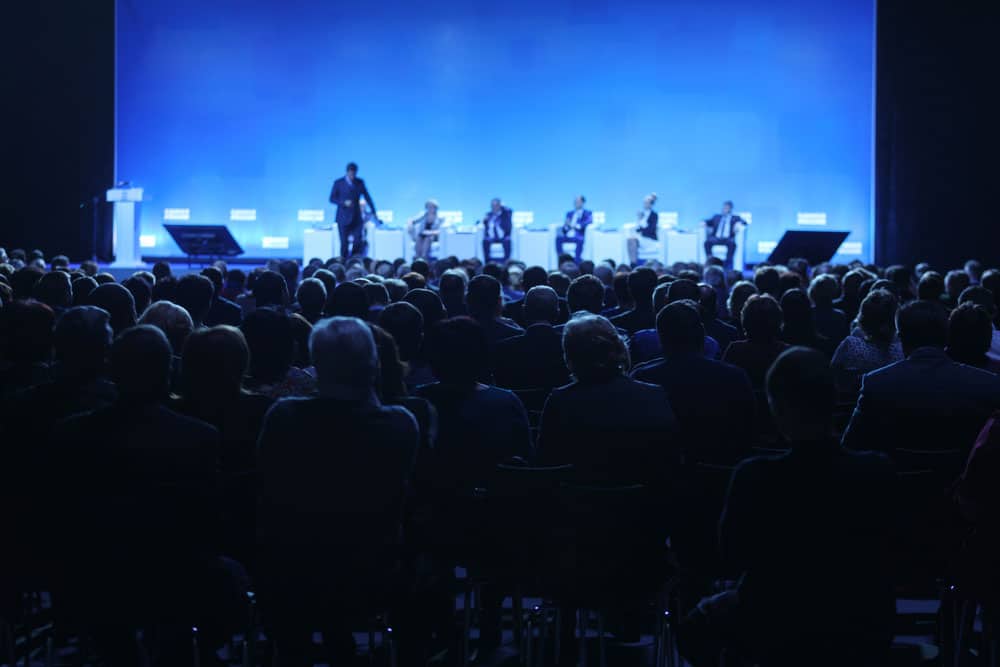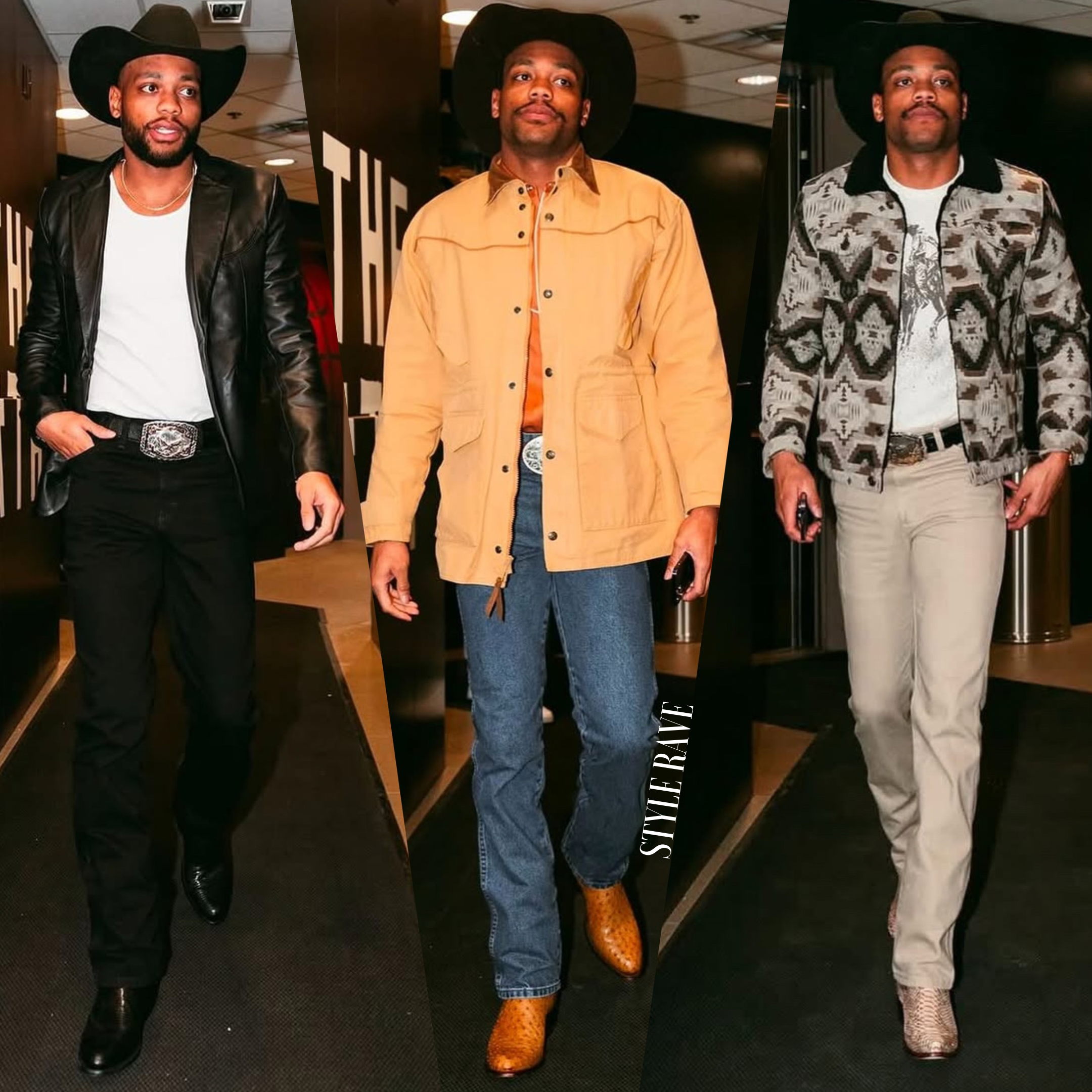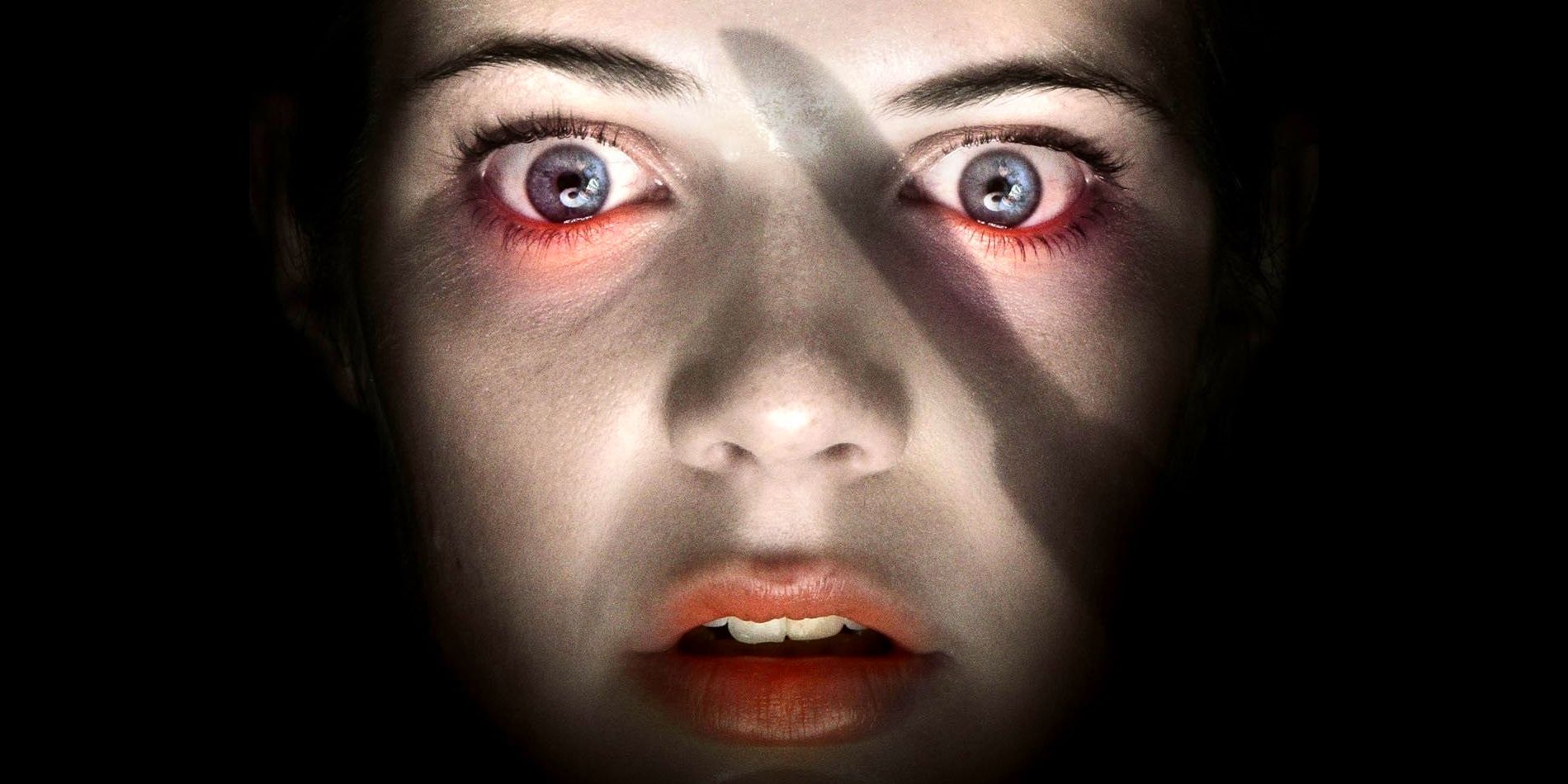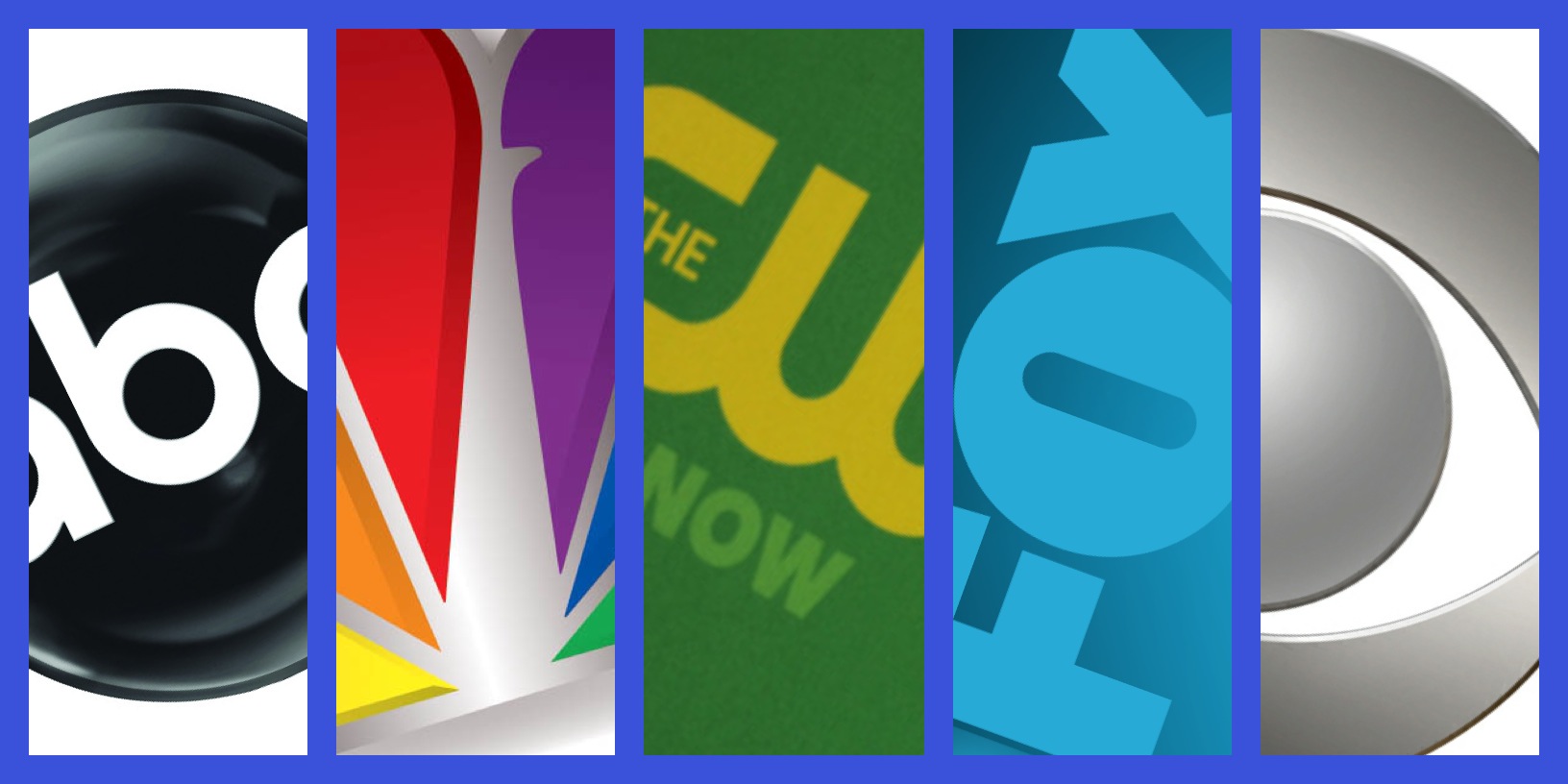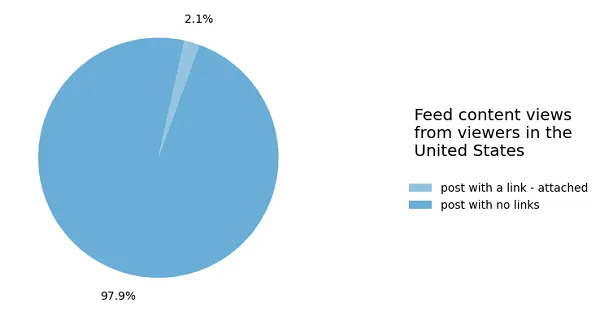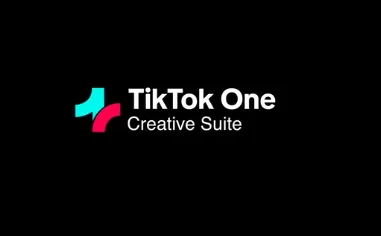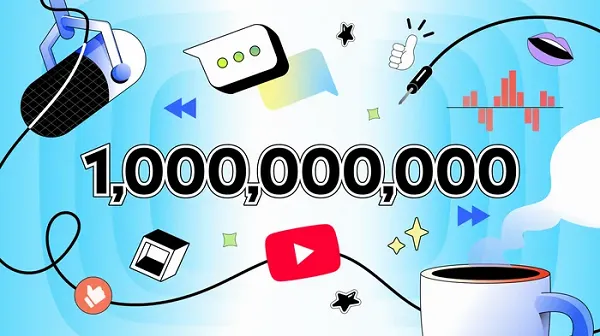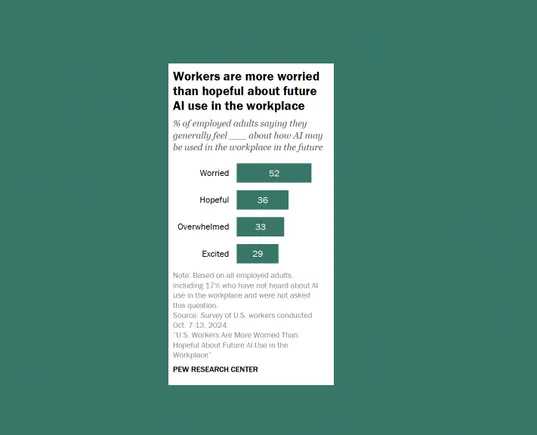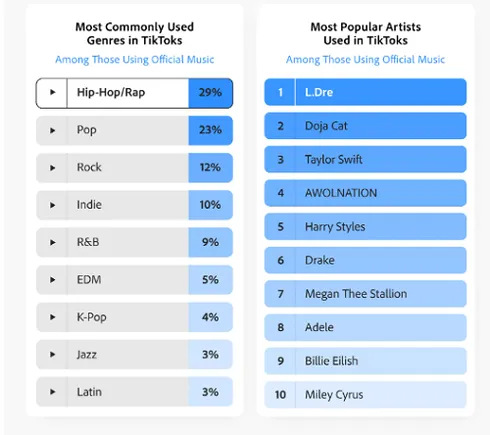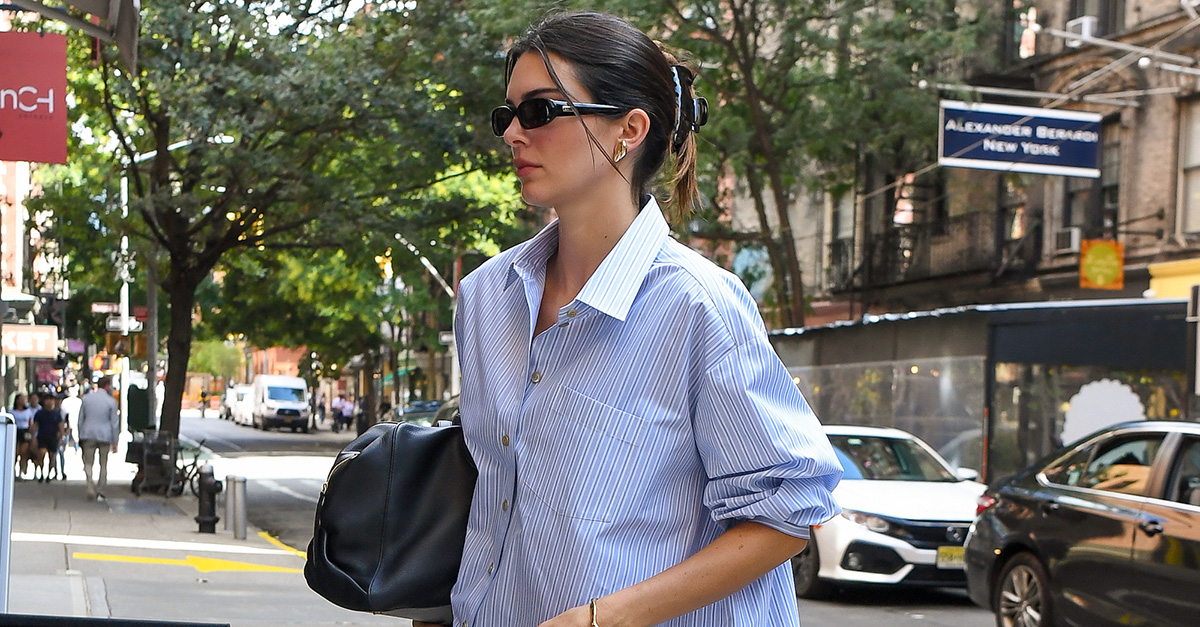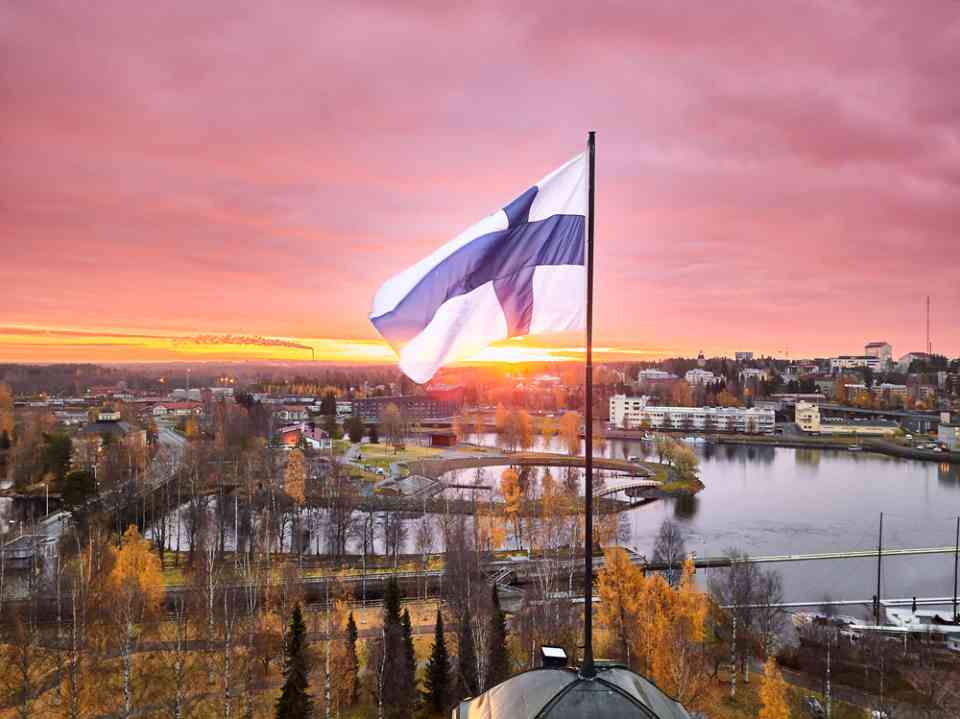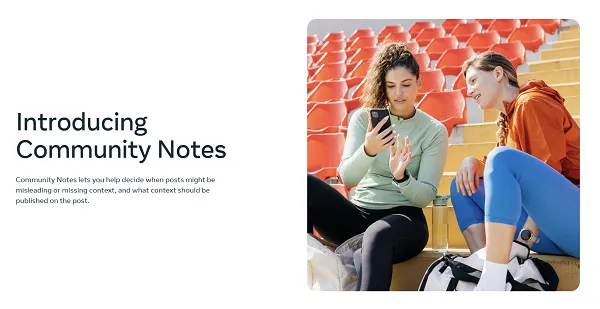The President of Ukraine, Volodymyr Zelensky, addresses the world’s leaders at United Nations (UN). … [+]
Ukrainian President Volodymyr Zelensky addressed the United Nations General Assembly on Tuesday, and it has resulted in a number of controversies—including how the leader’s comments about a grain embargo resulted in a rift with its staunch supporter Poland, and how Russian diplomats attempted to block the speech from taking place.
However, there is a controversy over whether or not the video broadcast of the speech in Ukraine was edited. Social media has posted images that appear to show that Ukrainian media edited footage in order to give the impression that there was a much larger audience than what it actually appeared to be.
Zelensky was reportedly seen sitting in the same audience as President Biden during his remarks earlier that day.
Banner 3
Multiple news agencies have widely distributed the official video of this speech.
The Ukrainian government has not made any official comments on the broadcast that was sent to the residents of the country, but Kyiv would be in error if they did edit the video.
“A knee-jerk reaction would be that video manipulation by anyone is inappropriate—but in this case, it poses a dilemma,” suggested Susan Schreiner, senior analyst at C4 Trends. “Why are we holding Ukraine to a higher standard than the misinformation disseminated by Russia, China or even Trump—with his penchant for bragging about the size of his crowds on Inauguration Day?”
Seeing Is Believing… Until It Isn’t
It would also be easy to believe the narrative that Ukraine manipulated the video—but it does seem so sloppily done that it could be a case of disinformation, presented by Kremlin propagandists, especially as the actual clips are so readily available. What should be the concern is that the posts of the clips on X—the platform formerly known as Twitter—quickly went viral on Thursday with few questioning whether the edited videos actually aired in Ukraine.
The question is, did the fake video actually exist, or was there a deliberate disinformation campaign behind it?
With the proliferation of social media, which is awash with sophisticated technology, it has become increasingly hard to separate fact and truth from falsehood and fiction. Schreiner continued, “I fear this situation will only worsen with the increase of book censorships and interferences in classroom curricula that reflect conformity and discourage thinking and exploration.”
Most people do not seek confirmation when misinformation is spread via social media. Too often they trust what they see—but increasingly seeing shouldn’t result in believing.
“While ‘older’ logic would suggest that new ethical and moral guardrails need to be established—in today’s climate that seems Quixotic,” she continued. It’s likely that the technology will lead to new types of watermarking or other forms of verification. Can technology also deliver the context—or do new tools need to be developed that enable technology to work alongside humans?
Spreading Misinformation Like Superspreaders
As more and people rely upon social media as their main source of information, misinformation has spread like wildfire. In a world with so little faith in mainstream media, social media has become a source of misinformation and disinformation.
“We should always be on guard against propaganda, but with this kind of coverage, we are at the intersection of war news, with its inherent opportunities for false information—which can be an effective weapon—served up on social media platforms that are hard-wired to reward outrage and chaos,” warned Susan Campbell, distinguished lecturer in the Department of Communication, Film and Media Studies at the University of New Haven.
In these perilous and worrying times, people live in echo chambers and silos that reflect their so-called views. Schreiner added that in this environment it is easy for misinformation spread to the point of a wildfire.
Many reports confirm that she was correct in pointing out the influence of Russia, its troll farm and other foreign actors on the results of the U.S. elections of 2016.
“In a more reasonable world—perhaps gravity will set in and people will slowly move towards being open to finding a middle-ground for respectful discussion within the context of agreeing to disagree,” said Schreiner. “Maybe that’s become a quixotic dream but for the sake of humanity—there needs to be an evolution in the changing relationship between people and modernity with technology.”












